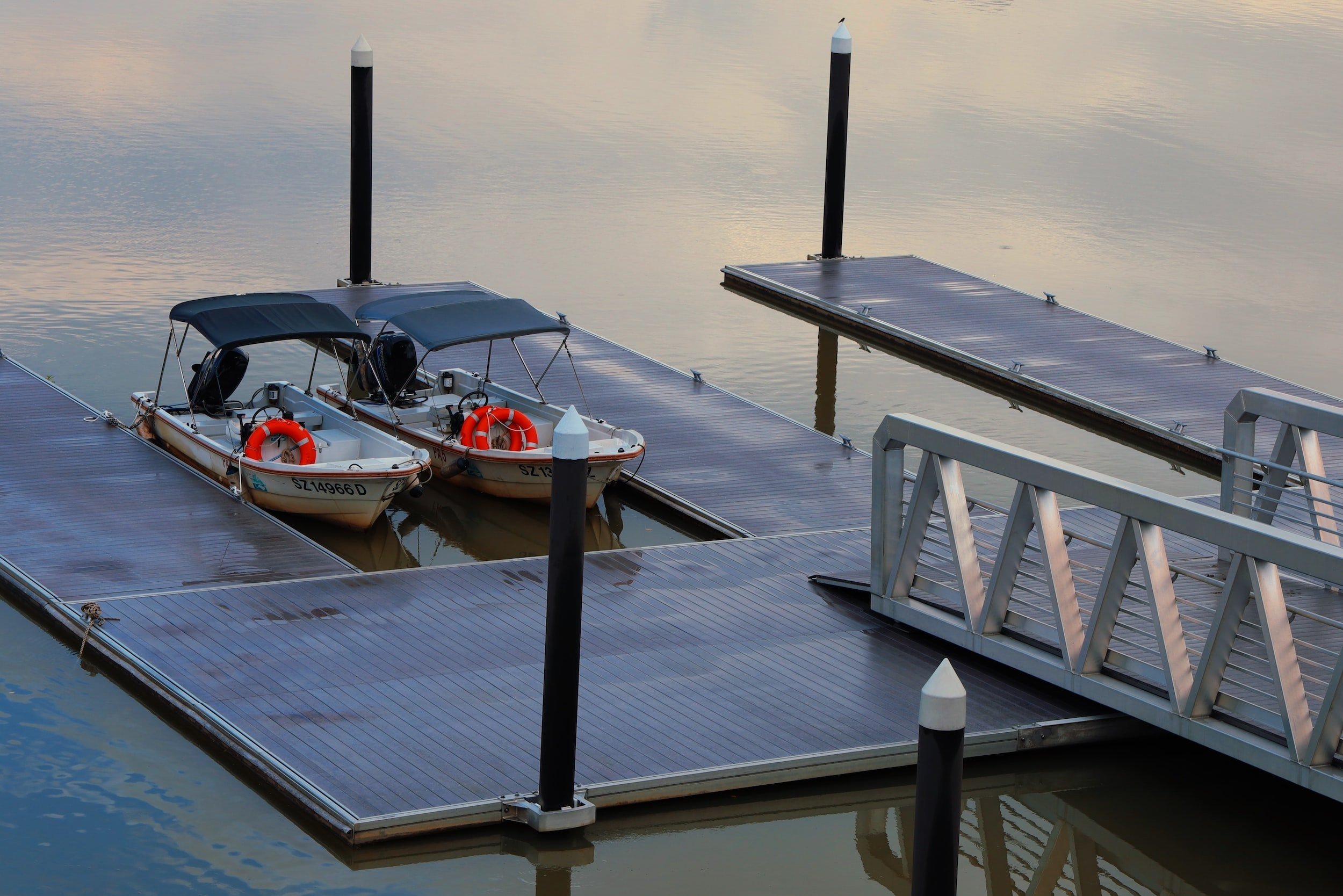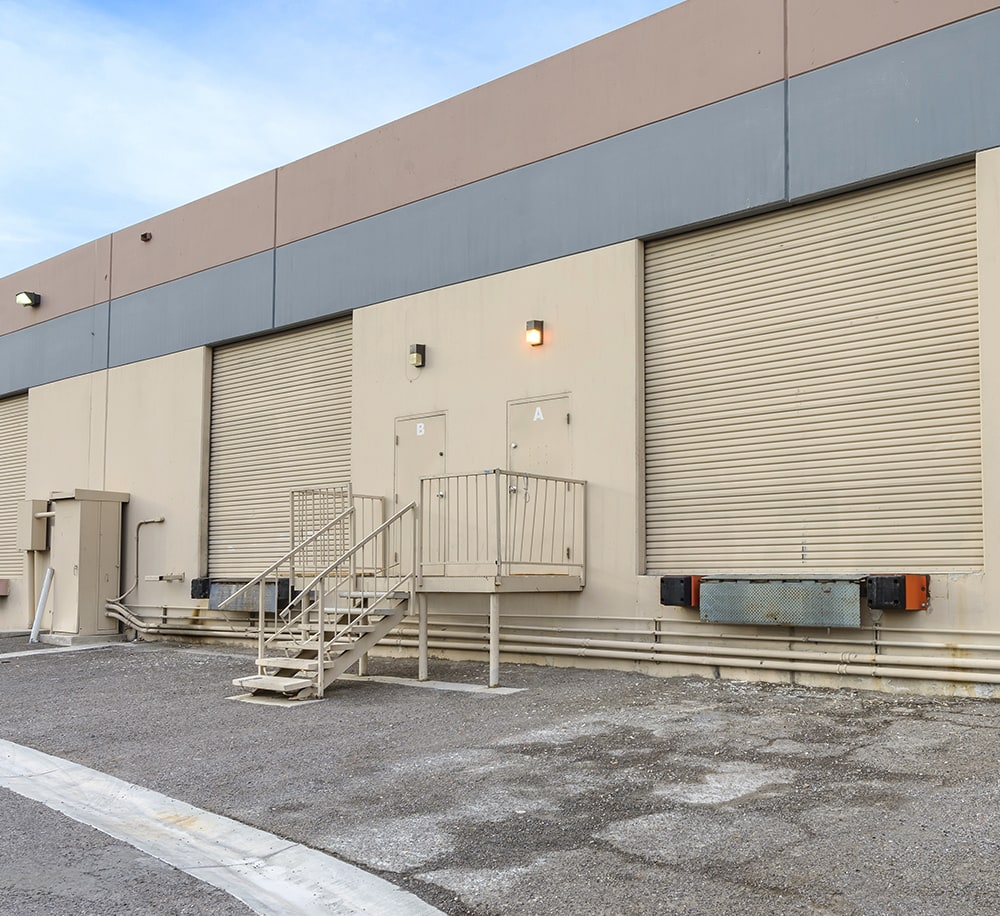Exactly How to Address Common Dock Repair Issues for Safe Water Activities

Identifying Common Dock Issues
Identifying common dock issues is crucial for preserving the functionality and safety of your waterfront residential property. Normal evaluations can help uncover problems before they become extreme, making sure both the longevity of the dock and the safety of those that utilize it. One prevalent concern is loose or corroded fasteners. In time, screws, screws, and various other bolts can end up being loose due to constant direct exposure to water and weather aspects, leading to architectural instability.
One more usual problem is the destruction of flotation tools. These gadgets are vital for maintaining the dock buoyant, and any kind of damages or slits can cause the dock to checklist or sink. Routinely looking for leakages or waterlogged floats can preempt extra substantial problems.
Additionally, algae and barnacle build-up on the dock's surface area can create unsafe and hazardous problems. This biofouling not only poses a danger to customers yet can also speed up the damage of the dock products.
Last but not least, examining for indicators of corrosion on steel elements is essential. Corrosion can jeopardize the integrity of the dock's framework, making it risky. By routinely recognizing these common dock problems, you can ensure that your dock stays useful and safe for several years ahead.
Repairing Rotting Timber
When attending to the concern of rotting wood on your dock, it is crucial to act promptly to stop further degeneration. Begin by extensively examining the entire structure to recognize all influenced locations. Utilize a screwdriver to penetrate the wood; if it sinks in quickly, the wood is likely decomposed and requires immediate attention.
Be sure to cut back to healthy, solid wood, guaranteeing you get rid of all jeopardized material. After removal, deal with the staying timber with a wood preservative to avoid future rot.
Following, replace the removed areas with marine-grade lumber or pressure-treated wood, which are more resistant to water damages. Secure the brand-new items with stainless-steel or galvanized bolts to stop deterioration. Additionally, applying a waterproof sealer to the new timber can give an additional layer of defense.
Safeguarding Loosened Boards
Exactly how do you ensure your dock continues to be useful and secure for all its customers? One crucial facet is securing loose boards, which can or else position substantial hazards. Loose boards not only increase the danger of tripping yet can likewise compromise the structural stability of the entire dock.

For reinstallation, use stainless or galvanized steel screws, as these products offer premium resistance to rust in aquatic environments. Ensure the screws are long sufficient to pass through deep right into the underlying support framework, but not as long that they extend with the dock's surface. Pre-drilling pilot openings can assist avoid the wood from splitting.
Lastly, maintain a normal evaluation routine to identify and resolve any type of new concerns immediately. By safeguarding loose boards efficiently, you contribute to the general safety and long life of your dock, making it a reputable system for see this here water activities.
Maintaining Unsteady Pilings
Ensuring the security of unsteady pilings is vital to maintaining a useful and safe dock. Unsteady pilings can jeopardize the entire framework, presenting substantial risks to read the article individuals and potentially resulting in costly repair work. The primary step in maintaining these crucial elements is a comprehensive examination. Check out the pilings for indications of rot, damage, or changing. Utilize a degree to look for vertical positioning and guarantee they are driven deep enough right into the substratum to provide sufficient assistance.
If the pilings are discovered to be unsteady, one effective technique for reinforcement is the use of additional bracing. Cross-bracing with treated lumber or galvanized metal can dramatically improve stability. Anchor the dental braces safely to both the pilings and the dock framework to distribute tons equally.

Regular maintenance and periodic review of the pilings' security are important to making certain long-lasting dock safety and functionality.
Changing Rusty Hardware
Addressing unsteady pilings is just one facet of preserving a dock's stability; one more critical problem is changing corroded hardware. With time, exposure to dampness and salt can lead to the oxidation and rust of braces, screws, and bolts, compromising the entire framework's safety. Regular examination for rust is important, particularly after serious weather or seasonal changes.
When corroded equipment is identified, immediate action is needed. Begin by selecting marine-grade stainless-steel or galvanized hardware, both developed to resist the rough aquatic environment. Ensure that you have the suitable tools, such as wrenches and screwdrivers, to securely get rid of the old, corroded pieces without triggering more damages to the dock.
After removing the corroded hardware, completely tidy the impacted locations to get rid of any recurring rust or particles. Apply a rust-inhibiting guide to revealed metal surface areas before installing the new equipment. Tighten up all fixtures securely to stop future loosening, and periodically examine the fittings to ensure ongoing security.
Replacing corroded hardware not just extends the dock's life-span however additionally dramatically improves the security of water activities. By proactively taking care of corrosion, you safeguard both the framework and its individuals, making certain a enjoyable and safe waterside experience.
Verdict
Normal examinations and maintenance are vital to resolve description common dock repair service concerns and guarantee risk-free water activities. By recognizing and remedying problems such as rotting timber, loosened boards, unstable pilings, and corroded hardware, architectural stability and durability can be considerably enhanced. The application of ideal therapies and marine-grade products further strengthens the dock against environmental stress factors. Such aggressive procedures add to the total safety and performance of dock frameworks, fostering a secure setting for water-based activities.
Guaranteeing the safety of water activities pivots substantially on the proper upkeep and repair work of anchors (Dock Repairs). These tools are crucial for keeping the dock resilient, and any damages or punctures can trigger the dock to listing or sink. By routinely recognizing these usual dock problems, you can ensure that your dock remains safe and practical for years to come
Making sure the security of unsteady pilings is paramount to preserving a useful and risk-free dock.Normal assessments and upkeep are essential to address common dock repair concerns and make sure risk-free water activities.